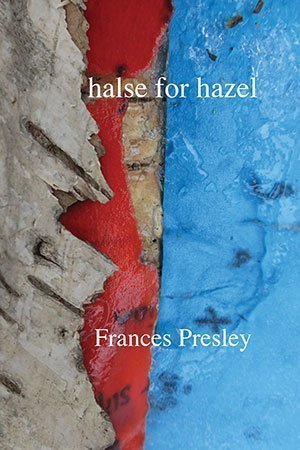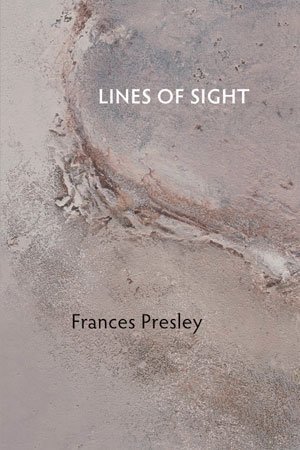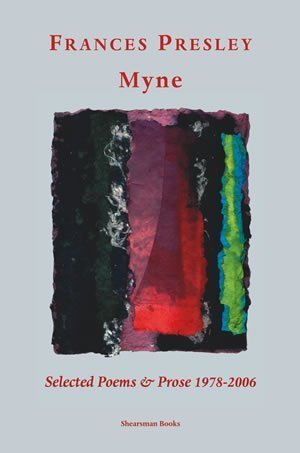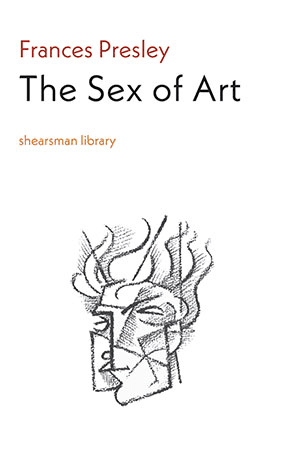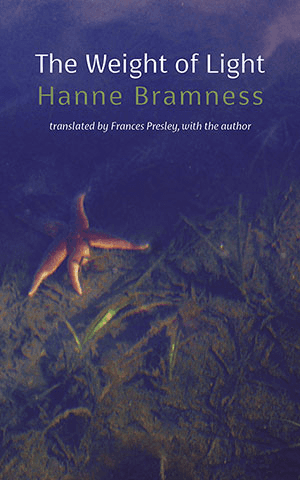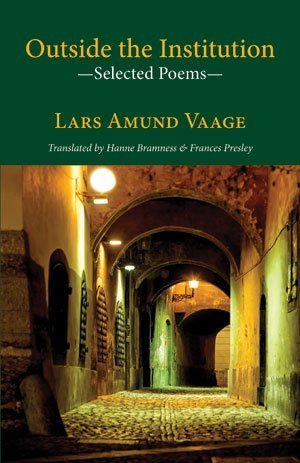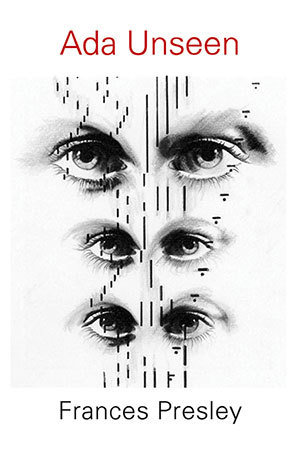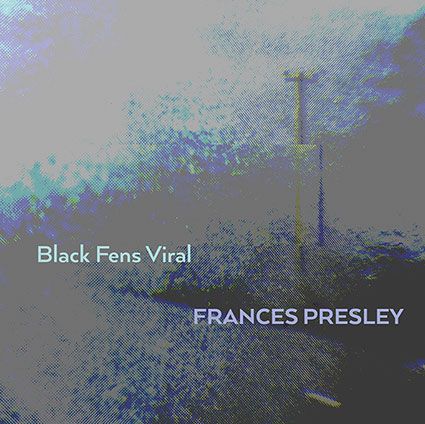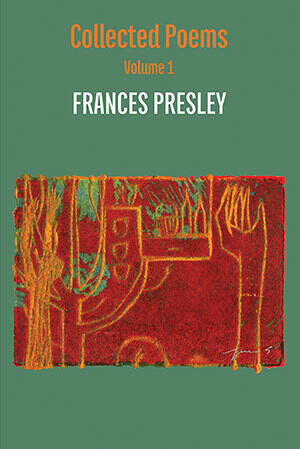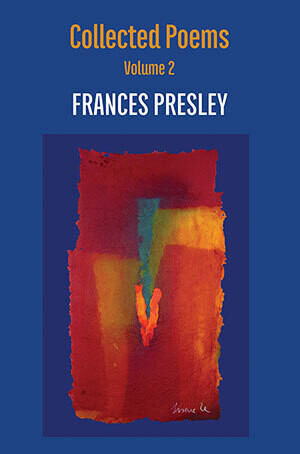Shearsman Store
Presley, Frances
Frances Presley was born in Derbyshire, grew up in Lincolnshire and Somerset, and lives in London. Her publications include Lines of Sight (Shearsman, 2009) which focused on Exmoor’s Neolithic stone sites, and a collaboration with visual poet Tilla Brading, Stone Settings (Odyssey, 2010). An Alphabet for Alina, with artist Peterjon Skelt, exploits the lexical and visual possibilities of an alphabet for girls (Five Seasons, 2012). Halse for hazel (Shearsman, 2014) explored marginal trees and languages, and continued in Sallow , (Leafe, 2016), with images by Irma Irsara. It received an Arts Council award. Ada Unseen (Shearsman, 2019) is about the life and work of Ada Lovelace, mathematician and computer visionary, who lived on Exmoor, and was also a collaboration with visual poet Tilla Brading, ADADADA (Odyssey, 2022). Presley’s Collected Poems 1973–2020 were published in two volumes by Shearsman in 2022. Her latest project, Black Fens Viral began on a slow train through East Anglia’s flat, agricultural, landscape of black peat, once marshland. ‘Viral’ refers both to Covid and to a text generator known as the Markov Chain, with its strange rearrangement of text which resembles a viral assault. The first poem was a Literary Pocket Book (2021) by Steven Hitchins, and the entire sequence was published this year by Shearsman. She has written many essays and reviews, especially on innovative British women poets . Her work is in anthologies including Infinite Difference (2010), Ground Aslant: radical landscape poetry (2011), Out of Everywhere2 (2015), Fractured Ecologies (2020), Arcadian Rustbelt (2025). www.francespresley.co.uk



